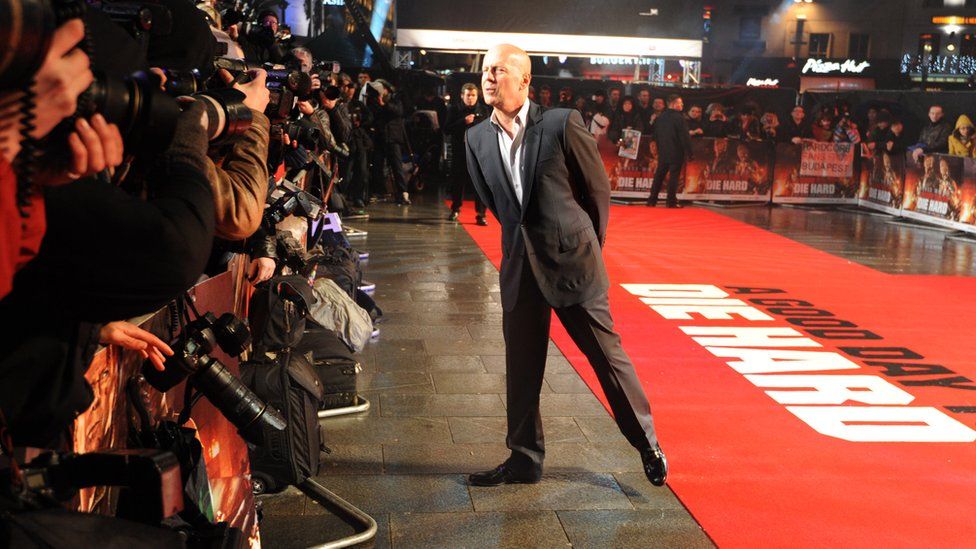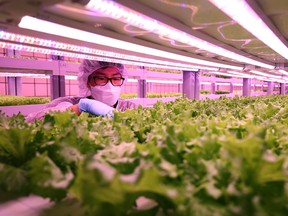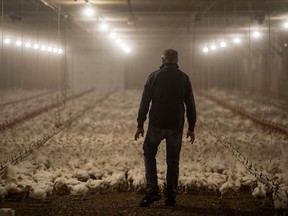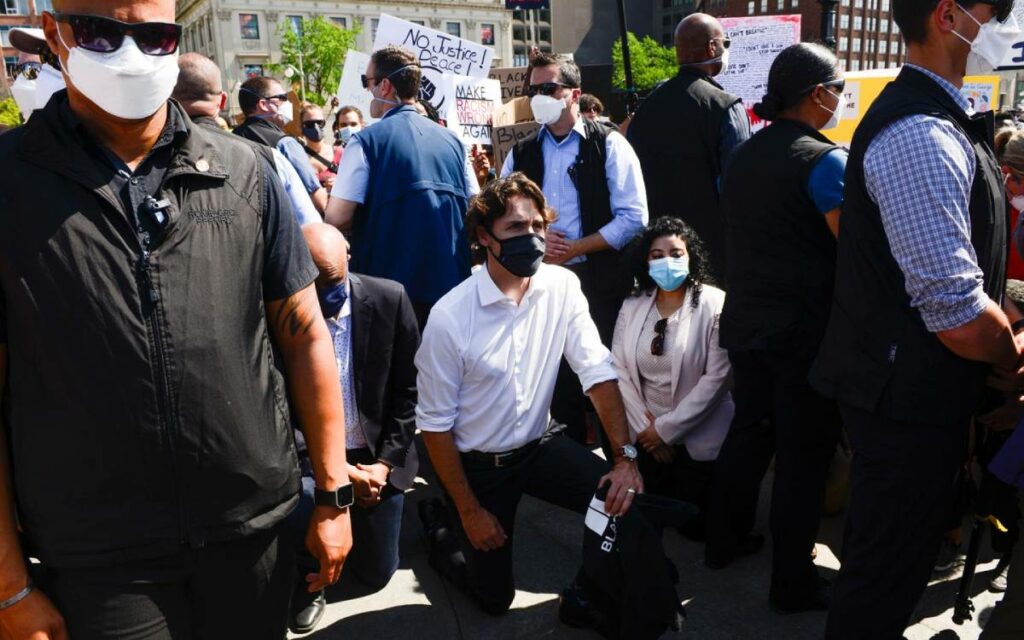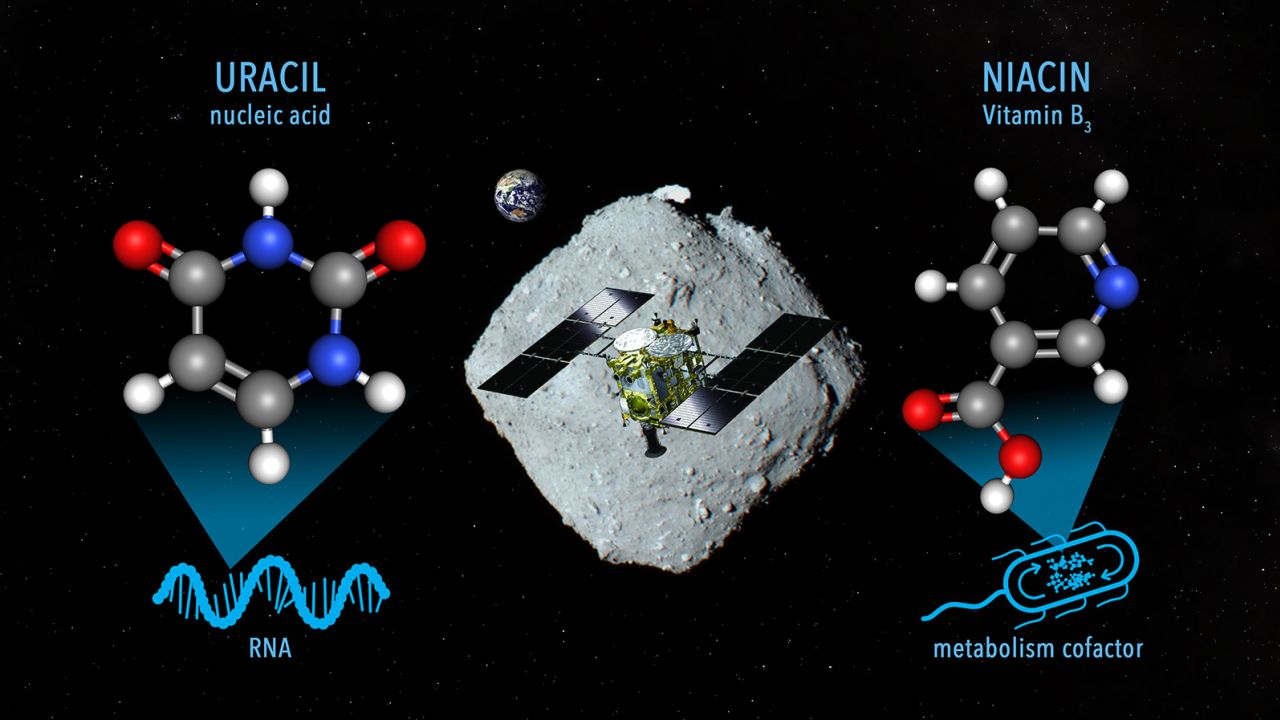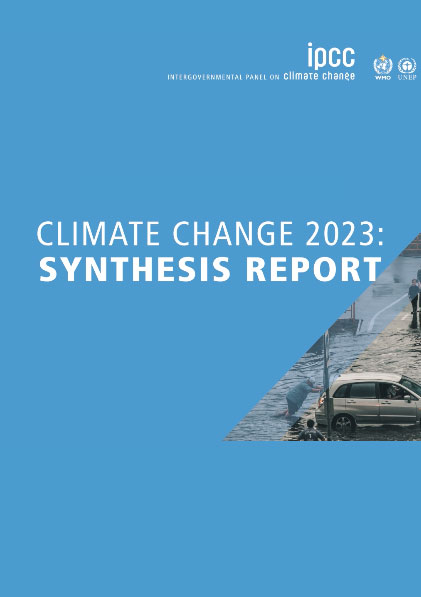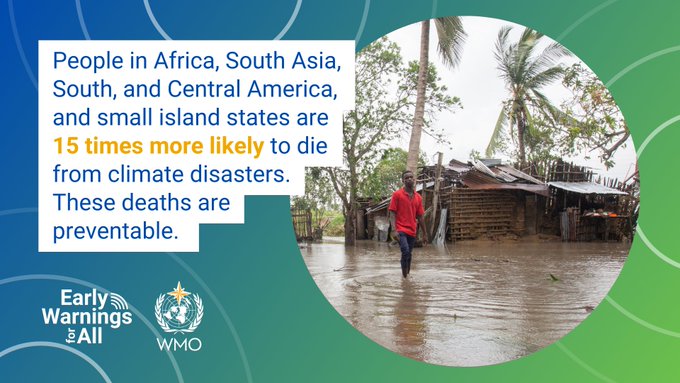"Calories don't take into account the energy it takes our cells to metabolize food in order to use it. A calorie of protein makes you feel fuller than a calorie of fat, because protein is more complex to metabolize."
"You could be aiming to eat 2,000 calories a day, but how much energy your body actually absorbs will depend on whether you're eating sugar, celery or steak."
Giles Yeo, professor of molecular neuroendocrinology, University of Cambridge
It's all explained in Dr. Yeo's book: 'Why Calories Don't Count', which lays out the explanations of how and why it is biologically that the human body absorbs very differently calories present in various types of foods. Leading dietary experts to question the relevance of the fixation of calories in the human diet since not all calories are equal.
Yet people focus on the simplest of formulae, depending on the recommended daily intake of calories popularly acknowledged at 2,000 calories daily for women and 2,500 for men.We fail to consider the realities of our individualized needs that are dependent on some relevant specifics such as age, gender, height, weight and the level of our physical activity. For some there is a need to reduce, or alternately increase caloric intake purposing to maintain a moderate weight.
And what of the widely held belief that the most important meal of the day is one that breaks the long fast between the dinner of the night before and a good night's sleep, a longer period of time between meals than any that take place during the day. There are those that call into question just how important breakfast is to the human body, but the human brain is also highly dependent on an infusion of energy to function after that long fast.
 |
High Fibre Cereals
|
There are those who trace our belief in the importance of a good start to the day dependent on breakfast. In the 1920s marketing campaigns launched by cereal companies placed an emphasis on the importance of breakfast, as a marketing gambit. That, however, does not diminish the importance of breakfast in preparing the body and the mind for the coming day. More important is the observation that it is the quality of the food taken at breakfast that reflects its nutritional importance.
As for the public clasping as gospel that eight glasses of water or two litres daily represents a standard irrigation necessity, that too comes under question. Fluid requirements vary, depending on details such as the weather, climate, age, and energy expended. Those who work in hot weather may require far more water. "A lot of your water comes from the food you eat", notes Dale Schoeller, emeritus professor of nutritional sciences at University of Wisconsin-Madison. He avers that science has never supported the two-litres-a-day rule as an appropriate guideline.
 |
| Getty |
Then there's the standard prescription of having eight hours of sleep nightly. During the Industrial Revolution a daily regimen was established of eight hours of labour, eight hours devoted to recreation and the third eight hour block set aside for rest. How much sleep is required for anyone is highly individualized, dictated b a complex number of issues; genetics, age, medical condition and lifestyle. While some individuals function well on fewer than six hours, others require over ten hours of sleep.
"I think that the myth of the eight hours has actually caused quite a bit of anxiety", points out Russell Foster, professor of circadian neuroscience, University of Oxford, who compares individual sleep patterns to shoe size; fitted to the individual foot shape and size.
 |
| Healthline |
Consider the advice from public health on dietary fibre, plant-based carbohydrates found in fruit, vegetables, cereals, nuts and seeds. In the late 1980s, the U.K. government encouraged people to consume more dietary fibre and they put the daily figure at five, daily. Whereas studies indicate that five a day is not likely to be a sufficient amount to render full protection against various chronic illnesses. Imperial College London produced a study finding at least seven or ten whole foods; fruits, vegetables or nuts/seeds would be required to provide the nutrients and fibre needed for optimum health.
"When the dietary recommendations were originally set, it was designed as the optimal to prevent weight gain in the first place. But now we're in a situation where two thirds of the population are already overweight", noted Charlotte Evans, researcher in nutrition and public health at University of Leeds who recommends that people make fibre the majority of their daily diet intake.
Then there is the thorny matter of exercise and the popular health mantra of ten thousand steps a day, adopted by the World Health Organization, the American Heart Association and many other health groups. Ten thousand steps a day is a purely arbitrary figure that originated in a Japanese boardroom in the 1950s when the company Yamasa thought up the figure to promote the world's first step counter prior to theTokyo 1964 Olympics.
In fact, research actually recommends between 6,000 and 8,000 steps daily could be more accurate to avoid chronic illness. Scientists at the University of Alabama at Birmingham School of Public Health found if you live a fairly sedentary life, simply adding an extra 500 steps a day would yield significant health benefits.
"People obsess over how many steps are enough, but we should be asking how many steps are too few."
"We should get people to stop taking less than 5,000 steps a day, but there seems to be an obsession with the higher number, while it's more important from a public health point of view to just get people off the couch and out the door."
Catrine Tudor-Locke, professor and physical activity researcher University of North Carolina, Charlotte
Labels: Caloric Count, Eating Habits, Exercise, Human Health Initiatives, Irrigation, Sleep




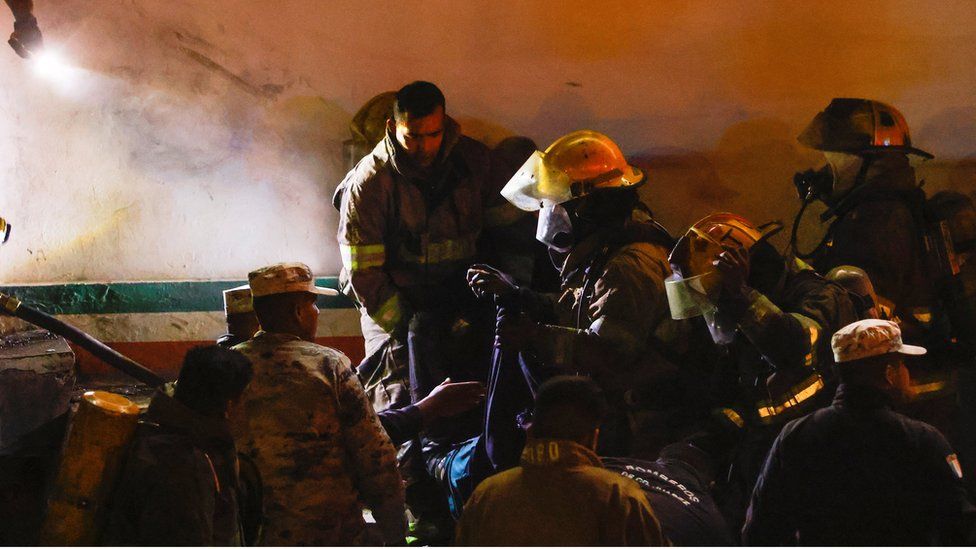
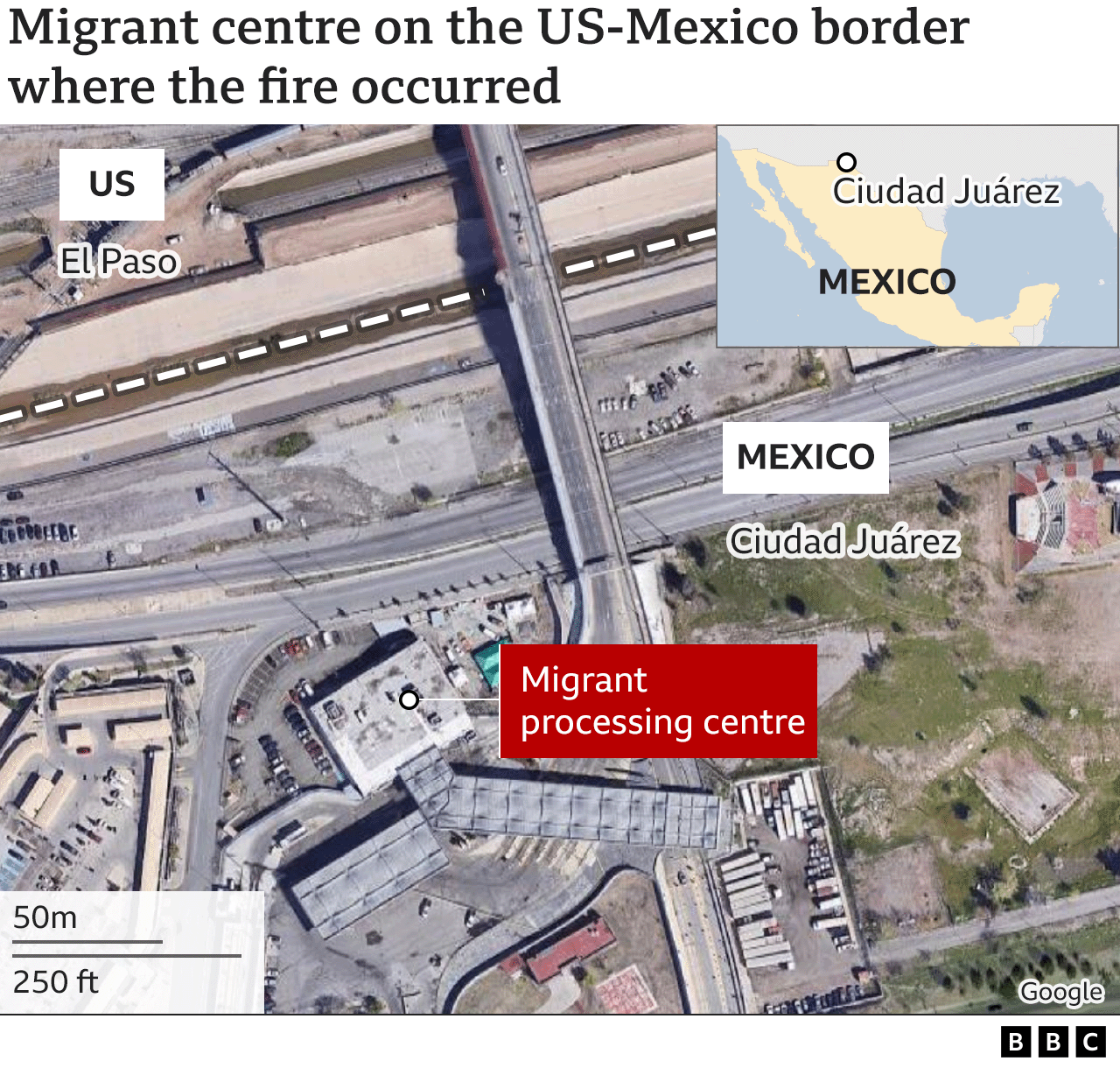


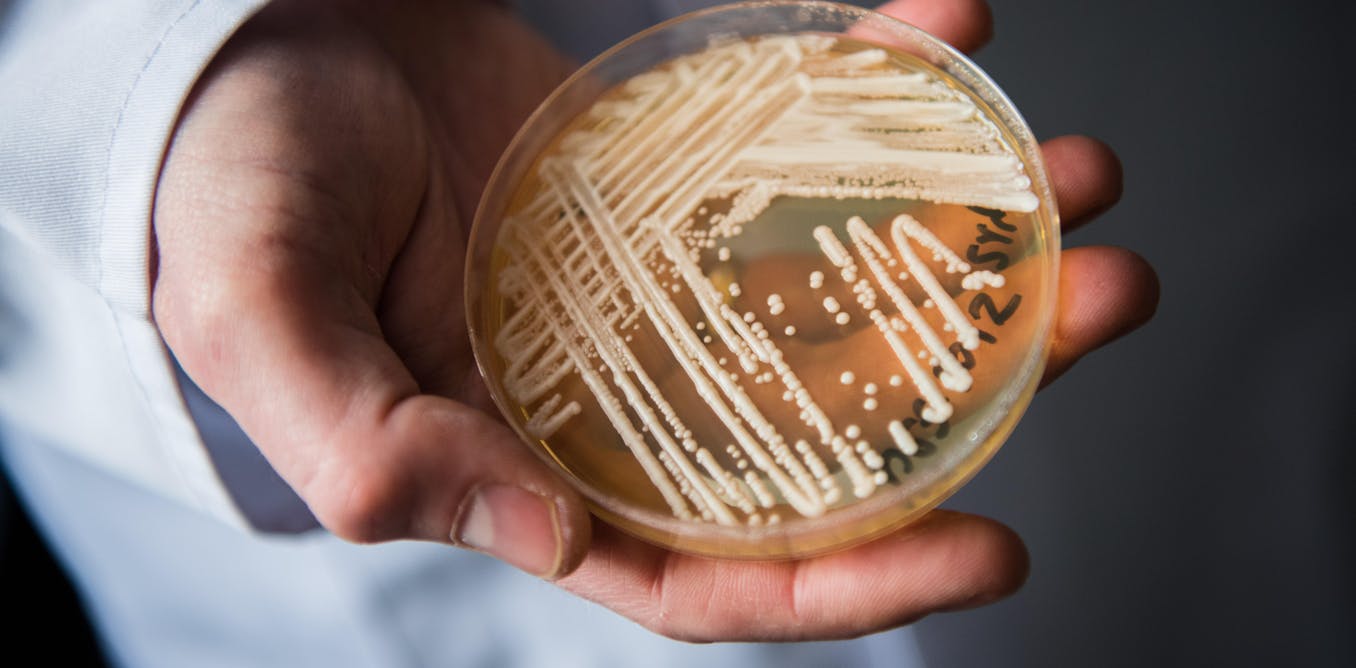

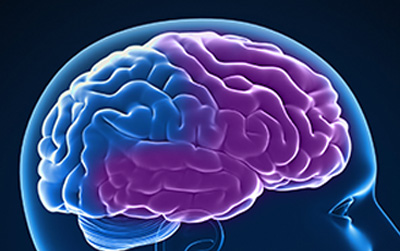 How a person's symptoms or decline will manifest is unpredictable. just as what the symptoms will become like six months on, a year later, are unknowable. Generally social norms and social graces become affected; people are seen to make comments to family, friends or strangers that are inappropriate, rude or overtly personal. "Verbal fluency" becomes a loss for some patients, experiencing problems in speech.
How a person's symptoms or decline will manifest is unpredictable. just as what the symptoms will become like six months on, a year later, are unknowable. Generally social norms and social graces become affected; people are seen to make comments to family, friends or strangers that are inappropriate, rude or overtly personal. "Verbal fluency" becomes a loss for some patients, experiencing problems in speech. 